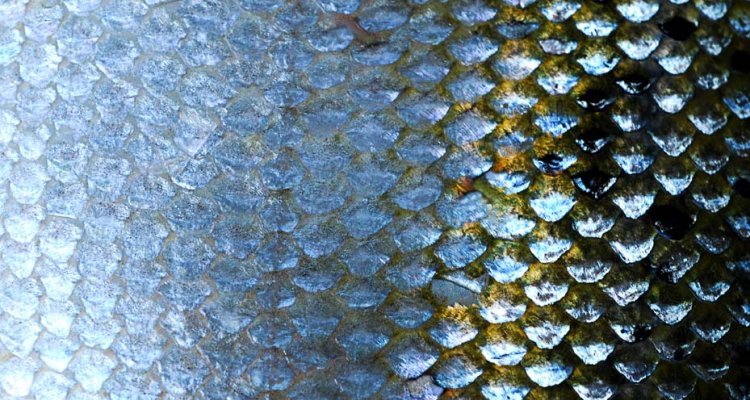
Project
Monitoring contaminants in Dutch fish and fishery products
For a more accurate estimation of the food safety of fish and fishery products based on levels of dioxins and heavy metals (including mercury, lead, cadmium and arsenic), accurate data must be available.
Goal
The goal of this project is to monitor the food safety of fish and fishery products for environmental contaminants such as metals (particularly heavy metals), pesticides, dioxins, dioxin-like (dl) and non-dioxin-like (ndl) PCBs, bromine-based flame retardants (BFRs) and perfluorinated alkylated substances (PFASs). Its secondary goal is to implement European regulations related to the monitoring programmes for food safety and export.
Method
The project is divided into 4 monitoring projects and an advice project: 1) Yellow eel; 2) Mitten crab; 3) Dutch fishery products; 4) Monitoring cod liver and 5) Advice given to policy-makers.
- Eel caught in approximately twenty locations is analysed for dioxins, PCBs and heavy metals. Trends in concentrations are determined on the basis of data from previous years.
- Mitten crab caught in previously used locations in the open sea and coastal inlets is sampled. The samples are biologically characterised and the fat content and dioxin, dl PCB and ndl PCB concentrations are analysed.
- For the monitoring of fishery products, approximately 25 samples of various farmed fish, shellfish and crustaceans are analysed. The samples mainly come from Dutch sea water. The samples are analysed for inorganic and organic micro-contaminants.
- The liver of cod caught in three locations in the North Sea is sampled. In 2014, the livers will be collected and preserved, but no analyses will be performed. This work has been scheduled for 2015.
- This sub-project describes the advice given by various parties on food safety and export-related issues involving chemical contaminants in fish and fishery products.
Project results
The project will produce documented reports containing information about sampling procedures, the origin of the samples, the biological characterisation of the samples, the analyses performed, the results obtained and a comparison of results in previous years. A discussion will also be added in order to place the results in an international context.